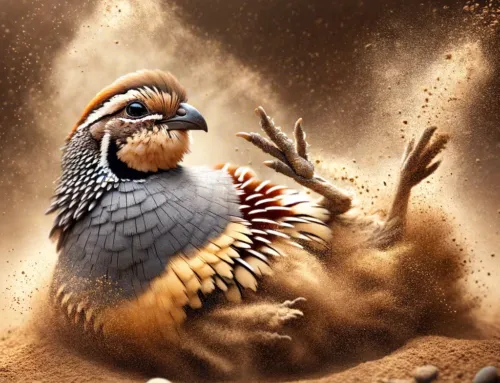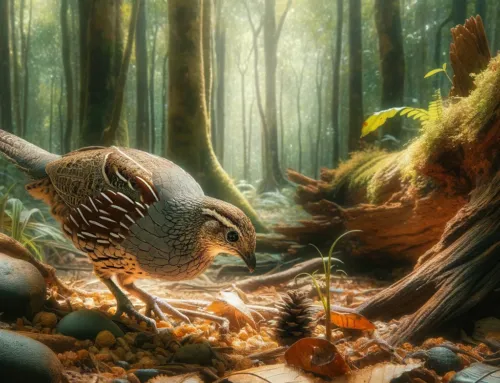Bobwhite Quail: The Call of the Wild in Your Backyard
Bobwhite Quail: The Call of the Wild in Your Backyard
The Bobwhite quail, with its distinctive call and striking plumage, is a cherished species among bird enthusiasts, hunters, and conservationists.

The Bobwhite quail, with its distinctive call and striking plumage, is a cherished species among bird enthusiasts, hunters, and conservationists.
The Bobwhite quail, with its distinctive call and striking plumage, is a cherished species among bird enthusiasts, hunters, and conservationists. This post explores the unique attributes and appeal of the Bobwhite quail, a bird that not only enhances the biodiversity of its habitat but also brings the allure of the wild into backyards and aviaries across its range.
The Unique Charm of Bobwhite Quails
Native to North America, the Bobwhite quail (Colinus virginianus) is easily recognized by its rich, patterned plumage and the male’s clear, whistled “bob-white” call. These ground-dwelling birds prefer a mix of open fields and dense cover, where they can forage for seeds, insects, and plants. Unlike some quail species that are primarily kept for egg and meat production, Bobwhites hold a special place in the hearts of those who appreciate their wild beauty and spirited calls.
Habitat and Behavior
Bobwhite quails thrive in a variety of habitats, from the pine savannas of the Southeast to the brushy landscapes of the Midwest. They are social birds, forming coveys of a dozen or more individuals outside of the breeding season. These coveys provide safety in numbers, as the quails roost in tight circles to protect against predators. The breeding season brings a change in behavior, as males stake out territories and pair up with females to raise their young in well-hidden nests.
Conservation and Hunting
The Bobwhite quail is not just admired for its aesthetics and song; it also plays a significant role in conservation efforts. Habitat loss and changes in land use have led to declining populations in some areas, prompting initiatives to restore and manage land for the benefit of Bobwhites. Additionally, the Bobwhite is a popular game bird, with ethical hunting practices contributing to conservation and habitat management efforts that support not only quails but a wide range of wildlife.
Keeping Bobwhite Quails
For those interested in keeping Bobwhite quails, understanding their needs is crucial. These birds require more space and cover than some domesticated quail species to mimic their natural environment as closely as possible. Providing a mix of open areas for foraging and dense vegetation for cover can help Bobwhites feel at home. While they might not be as prolific layers as the Coturnix quail, Bobwhites offer a unique opportunity to observe and engage with a species that bridges the gap between wild and domesticated birds.
The Bobwhite quail embodies the spirit of the American wilderness, bringing its distinctive call and vibrant presence to diverse habitats. Whether through conservation efforts, hunting, or keeping these birds in a backyard setting, Bobwhites offer a unique connection to the natural world. As we continue to explore and support the habitats that sustain them, Bobwhite quails remind us of the beauty and resilience of wildlife, right in our own backyards.



